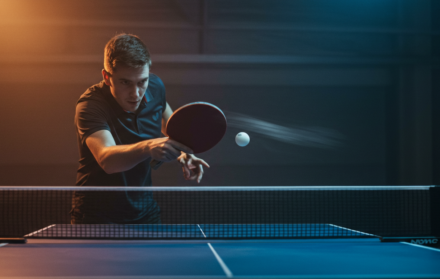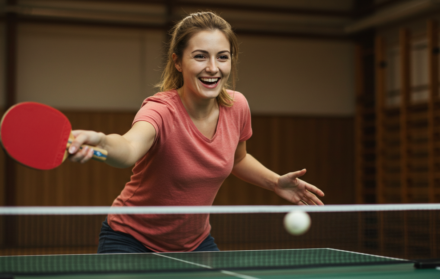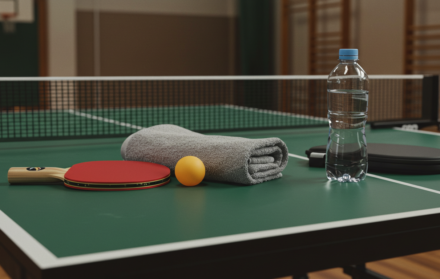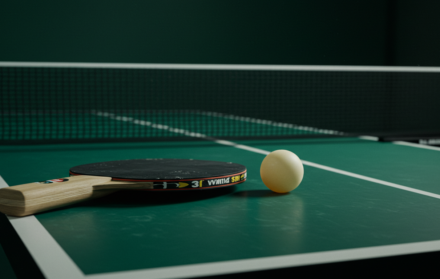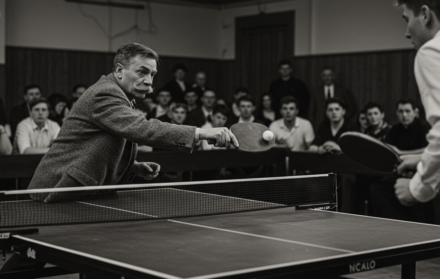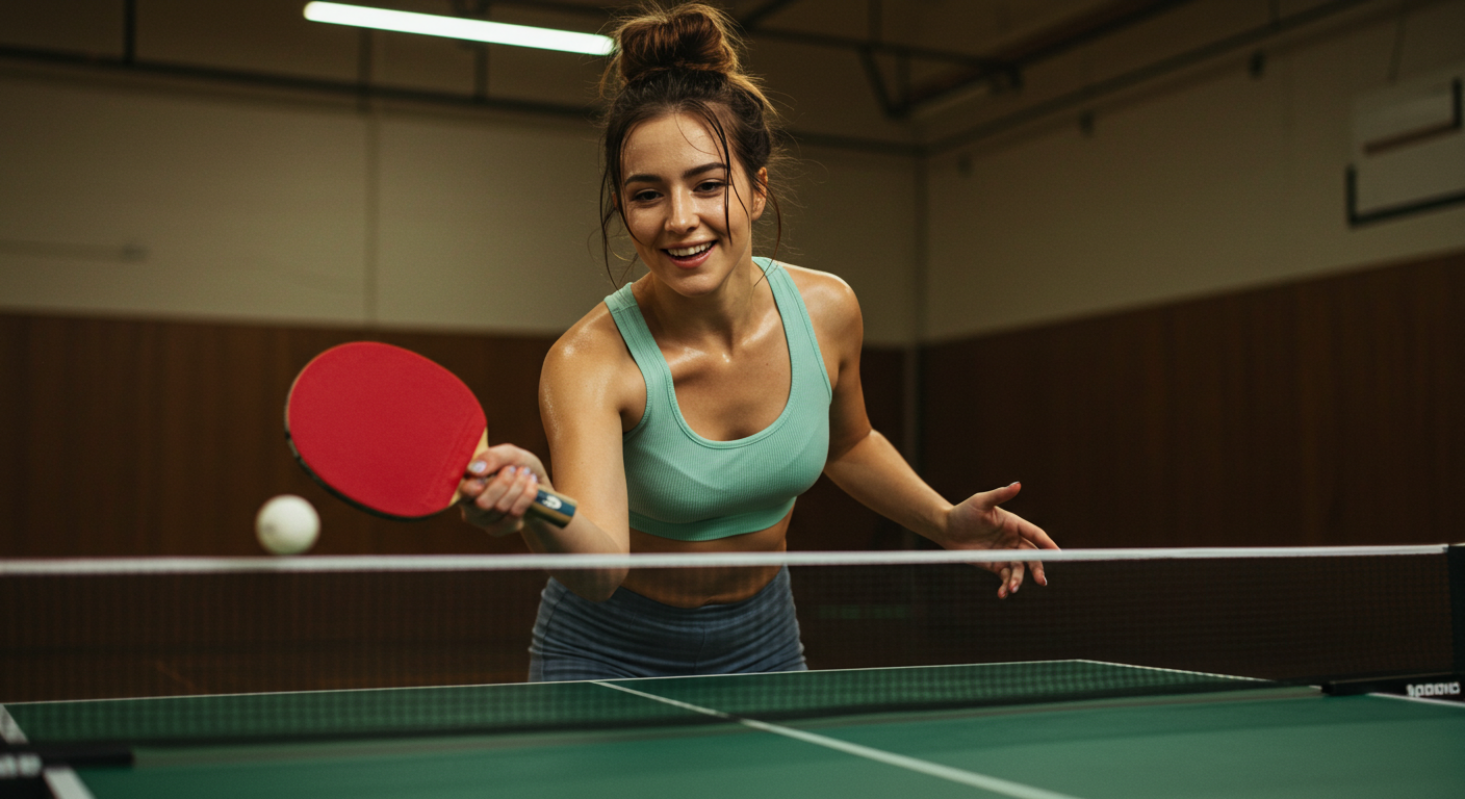
What Are the Benefits of Table Tennis as Exercise?
Table tennis may appear to be a light recreational game, but it is in fact one of the most complete forms of physical and mental exercise. Whether you play casually at home or engage in competitive matches, this fast-paced sport works your muscles, stimulates your brain, and supports a long list of health goals. What makes it truly exceptional is how accessible it is across age groups, skill levels, and physical conditions.
From cardiovascular improvement and fat burning to increased agility and improved mental focus, table tennis offers a surprisingly powerful workout in a compact space. Below, we explore the major benefits of table tennis as exercise and why it should be taken seriously as a long-term fitness choice.
1. Low-Impact Activity With High Rewards
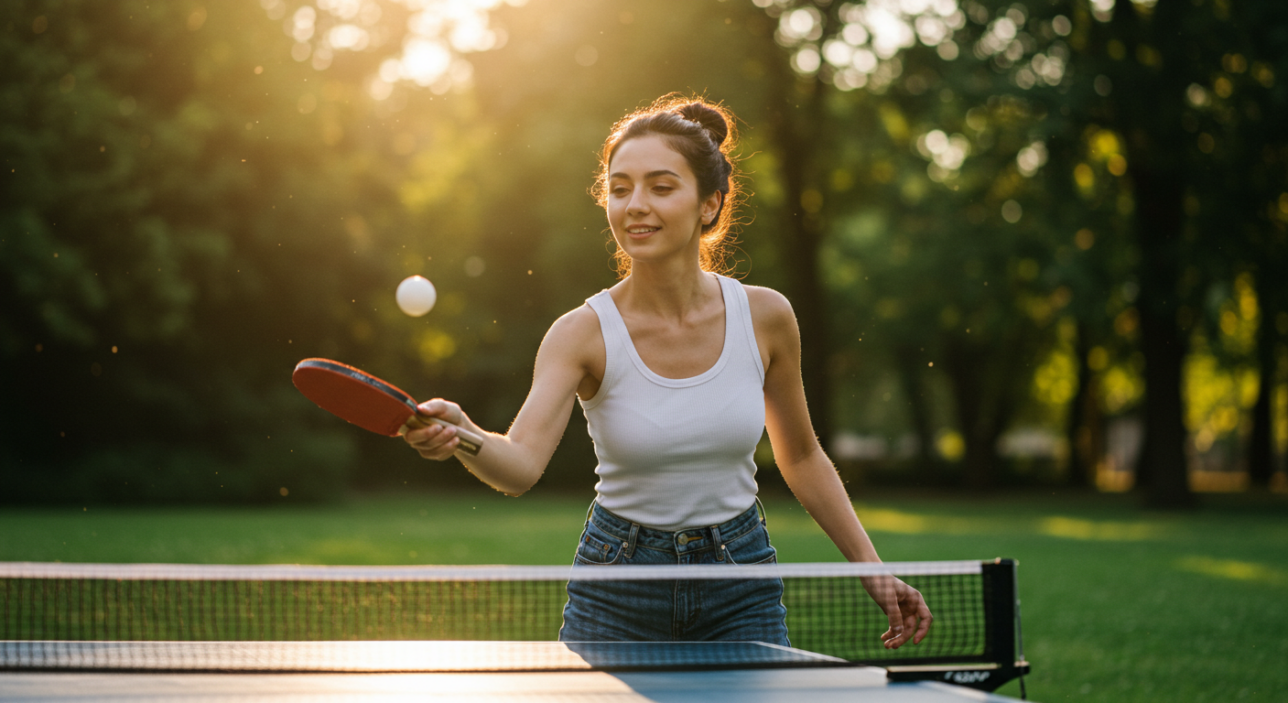
One of the standout advantages of table tennis is that it places very little strain on joints. Unlike sports such as basketball or running, which involve jumping and hard landings, table tennis involves short bursts of movement, small lunges, pivots, and steps. These movements protect your knees and ankles while still getting your body moving.
Because it is low-impact, table tennis is ideal for seniors, individuals recovering from injury, and people with arthritis or other joint issues. Yet despite its gentleness, it delivers a full-body workout that improves endurance, coordination, and strength over time.
It also allows for long play sessions without fatigue or pain. You can play multiple games in a row, multiple times a week, and not experience the same wear and tear that other sports cause. This makes it sustainable for lifelong fitness.
2. Cardiovascular Benefits That Boost Endurance
Even though the court is small and the motions are compact, table tennis raises your heart rate quickly. Quick exchanges force you to move continuously — side to side, in and out, and up and down. Your breathing rate increases, your blood pumps faster, and your body works harder to keep up with the rally.
Just 30 to 60 minutes of play can provide the same level of cardiovascular benefit as a moderate run or cycling session. This improves heart function, boosts circulation, and supports long-term heart health.
Here is a comparison of calories burned per hour during different activities:
| Activity | Calories Burned (per hour) |
|---|---|
| Table tennis (casual) | 275 to 350 |
| Table tennis (competitive) | 400 to 600 |
| Walking (3 mph) | 210 |
| Cycling (moderate) | 350 to 500 |
| Jogging (5 mph) | 480 |
As the table shows, table tennis burns calories efficiently. The better your skill, the more intense the rally, and the more energy you use.
3. Boosts Reflexes and Reaction Time
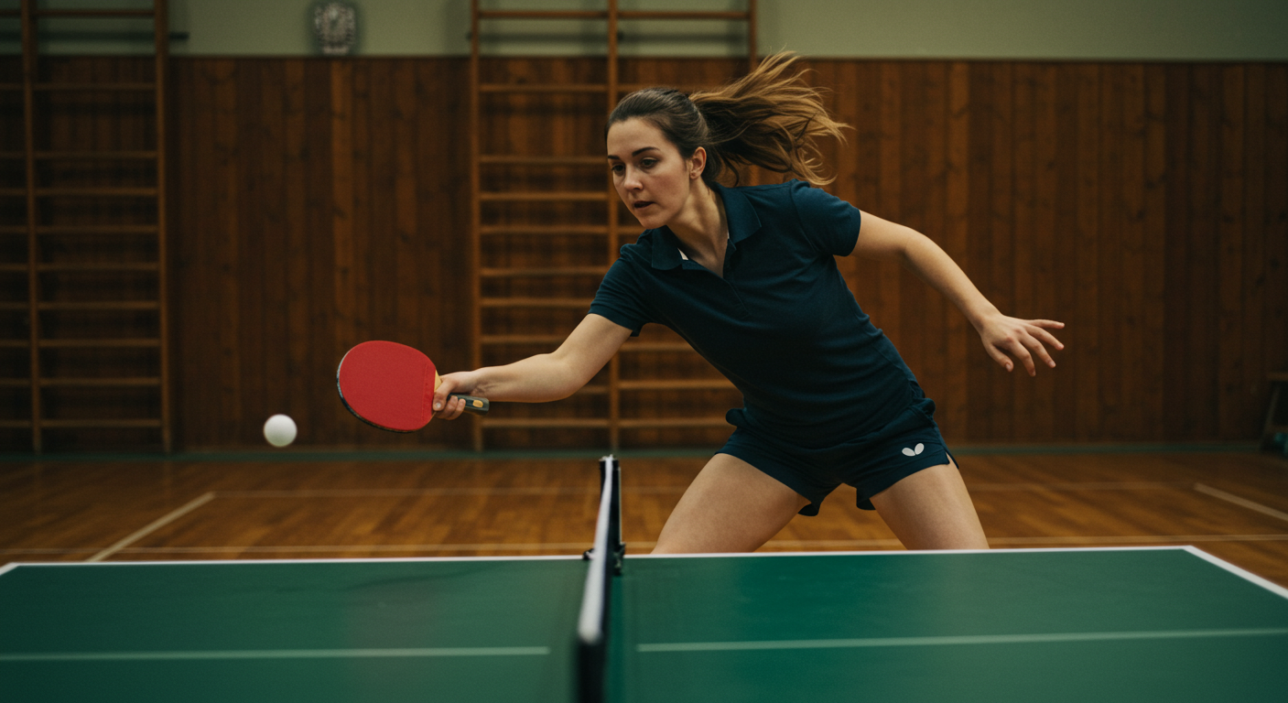
The average rally in table tennis happens in a fraction of a second. Players must anticipate the opponent’s move, judge the ball’s spin and trajectory, and return it almost instantly. This kind of rapid response sharpens your reflexes and improves muscle memory.
Over time, your body learns to react faster and more accurately to external stimuli. This has real-life benefits beyond the sport. Faster reflexes help in driving, handling emergencies, sports performance, and even simple daily tasks.
Young athletes can use table tennis to build agility and reaction speed. Older adults can retain their responsiveness, which plays a role in fall prevention and general mobility.
4. Enhances Hand-Eye Coordination
Table tennis is a precision sport. The small size of the ball, the fast movement, and the confined space of play mean you must stay fully focused on every shot. Success depends on syncing your vision, brain, and body in real time.
Each hit trains your ability to judge distances, time your actions, and place the paddle exactly where it needs to be. This development of hand-eye coordination benefits all ages. Children improve their motor skills. Adults boost their productivity and reaction times. Seniors maintain dexterity and visual tracking, which supports quality of life.
Regular play rewires the brain to improve coordination, especially for people who struggle with fine motor skills or have conditions affecting balance and control.
5. Trains Core, Legs, and Upper Body
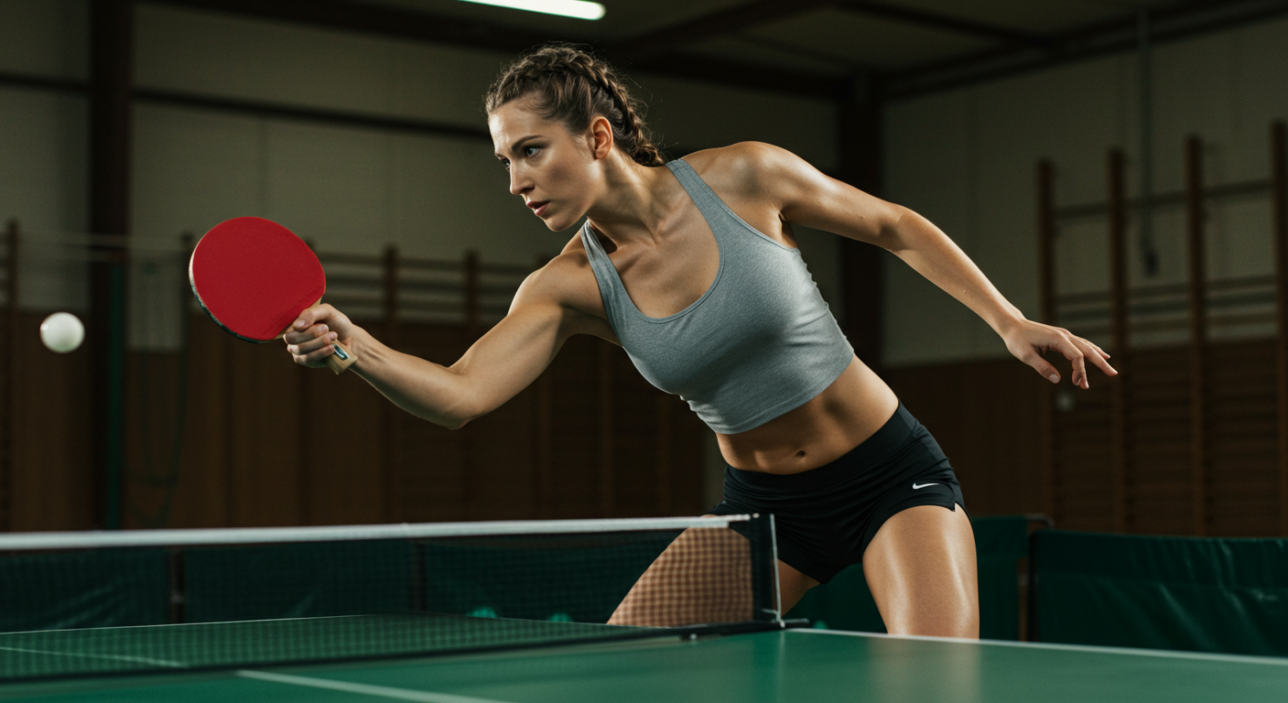
Though it may not look like a power sport, table tennis works several key muscle groups. During rallies, players constantly twist at the hips, shift their weight, and push off their feet. This strengthens the legs and core, especially in competitive play where speed and reach matter.
The upper body is also engaged with every swing. Shoulders, biceps, triceps, and forearms all contribute to controlled movements and spin shots. Wrists and fingers fine-tune grip and paddle angle, adding an extra layer of strength training.
Because all movements are dynamic rather than static, table tennis builds functional strength — the kind that helps with everyday movement, balance, and injury prevention.
6. Mentally Stimulating and Focus-Enhancing
Every rally in table tennis is a small puzzle. You must decide whether to attack, defend, block, or loop. Each decision is made in a split second. You must read your opponent’s body language, anticipate their move, and execute the right response — all while staying balanced and focused.
This ongoing mental challenge keeps your brain sharp. Regular play improves concentration, strategy, adaptability, and focus. Some studies have even shown that table tennis activates the prefrontal cortex, the part of the brain responsible for planning, reasoning, and problem-solving.
Because of its cognitive demands, table tennis is used in some therapeutic programs to help manage dementia, ADHD, and neurological disorders. It provides both physical stimulation and mental engagement in one compact activity.
7. Reduces Stress and Improves Mood
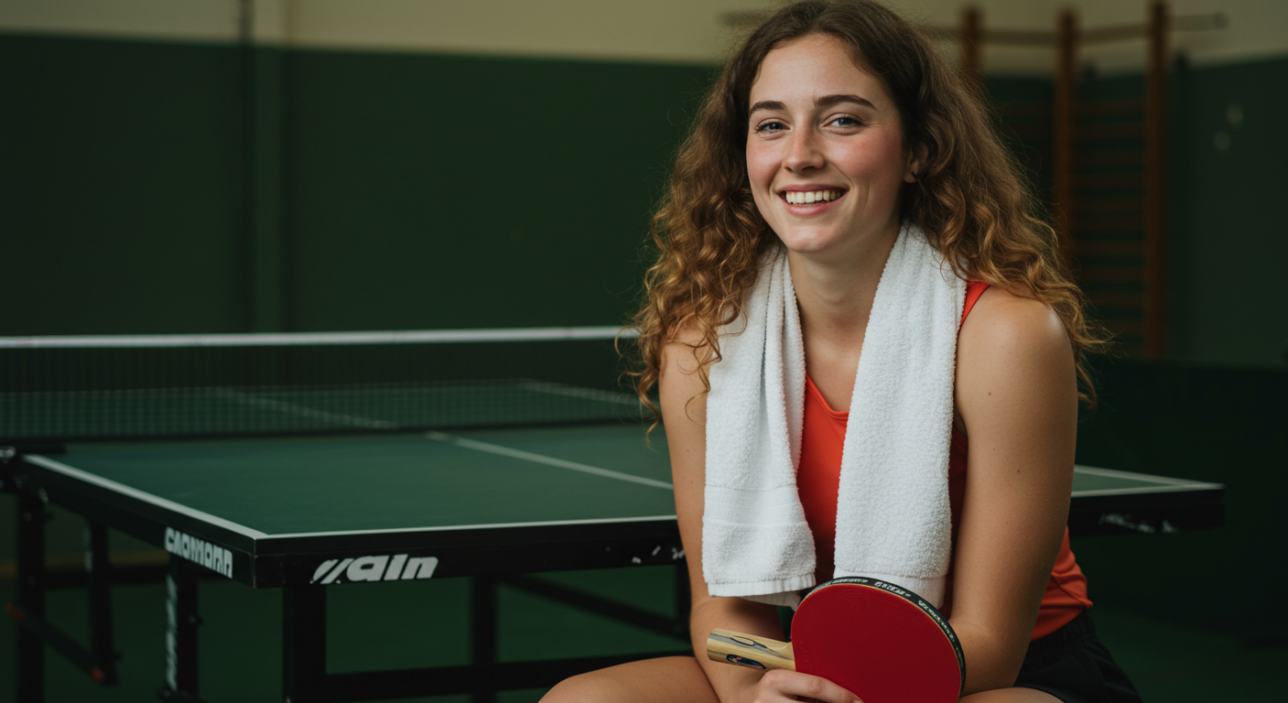
Like all forms of exercise, table tennis increases endorphin production. These natural chemicals reduce pain and promote feelings of happiness and well-being. But table tennis adds a unique advantage — it is fun.
The social nature of the sport, the rhythm of the ball, and the challenge of each rally create an enjoyable experience that feels more like play than workout. This makes it easier to keep coming back, and easier to build a routine that benefits your emotional health.
It also promotes flow — the psychological state where time disappears and you are fully absorbed in the activity. Flow is closely linked with reduced stress and increased emotional satisfaction.
8. Improves Balance and Stability
To stay competitive in table tennis, you must maintain a low center of gravity, shift your weight quickly, and recover after every shot. This continuous balancing act trains the small stabilizer muscles in your hips, knees, ankles, and core.
Improved balance leads to better movement, more efficient energy use, and fewer falls. For seniors, this is especially valuable. As we age, balance deteriorates and the risk of injury increases. Table tennis offers a safe and enjoyable way to rebuild and maintain this critical skill.
The constant need to move, stop, and redirect also improves posture and movement confidence. These physical adjustments become second nature after regular play.
9. Increases Flexibility and Joint Mobility
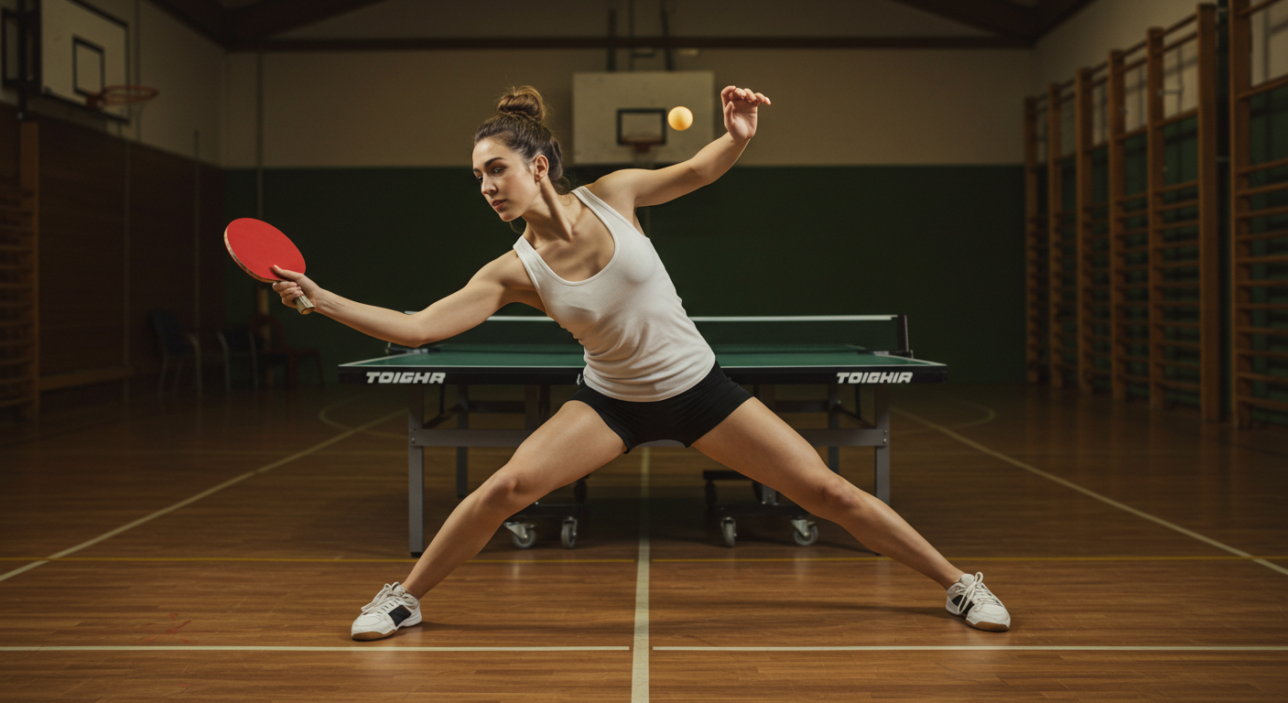
Because table tennis involves quick lunges, arm extensions, torso rotations, and full-body shifts, it improves range of motion across your joints. Unlike traditional stretching routines, the flexibility developed during play is dynamic and sport-specific.
Over time, the shoulders, hips, elbows, wrists, and ankles all become more mobile. This helps reduce stiffness, increase freedom of movement, and lower the risk of strain in other activities.
Unlike sports that require advanced stretching or warm-ups to avoid injury, table tennis lets you ease into flexibility improvements gradually through play.
10. Builds Social Connection and Belonging
Table tennis is not a solo sport. You need a partner or opponent, which naturally creates opportunities for social interaction. Whether in a community center, club, school, or workplace, the game brings people together.
It is also an inclusive sport that bridges age, gender, and ability gaps. Grandparents can play with grandchildren. Beginners can rally with more advanced players. The shared experience creates bonds that last.
This social engagement is important for mental and emotional well-being. It reduces feelings of loneliness, encourages routine, and creates supportive fitness environments. When exercise feels like connection, not obligation, it becomes easier to stick with.
Final Thoughts: Benefits of Table Tennis as Exercise
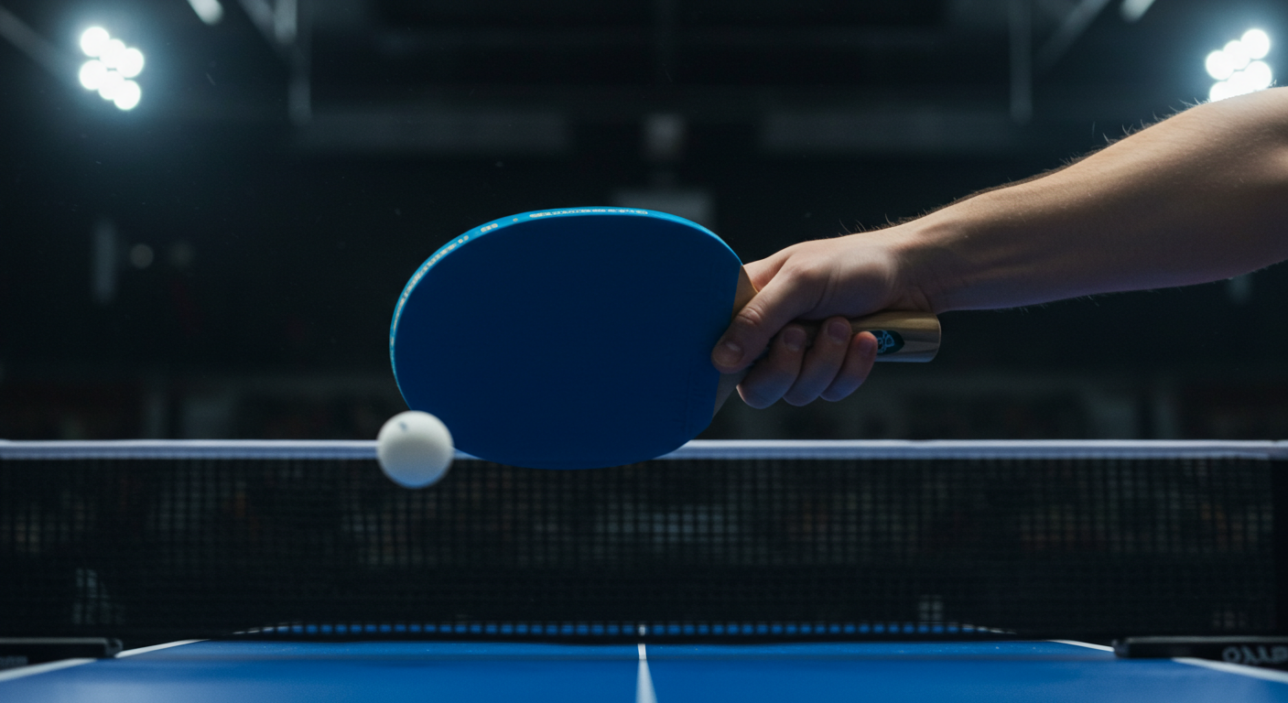
Table tennis as exercise offers a rare combination: cardiovascular conditioning, strength building, mental stimulation, and stress relief — all wrapped up in a compact, low-impact activity. It is as effective for your body as it is for your mind, and it is suited for nearly everyone regardless of age or fitness level.
It burns calories, builds muscle tone, sharpens reflexes, and keeps the brain engaged. Unlike many other workouts, it does not feel like a chore. Instead, it becomes a joyful practice, a mental refresh, and a way to connect with others.
What truly sets table tennis apart is its longevity. This is a sport you can begin in childhood, continue into old age, and never outgrow. Whether you are looking to get fit, stay sharp, or simply have fun, table tennis is a smart and sustainable choice.
If you are searching for a well-rounded exercise that you will actually enjoy doing — this is it.
Frequently Asked Questions
Can table tennis help me lose weight?
Yes. While not as intense as sprinting, regular play burns calories and builds lean muscle. Combined with a healthy diet, it supports weight management and fat loss.
Is table tennis suitable for older adults?
Absolutely. It is low-impact, safe, and great for maintaining mobility, balance, and mental sharpness. Many seniors play well into their seventies and eighties.
Do I need to be athletic to benefit from table tennis?
No. You can start at any fitness level. The game scales with your ability, and even casual play improves coordination, cardio, and concentration.
Can children play table tennis for fitness?
Yes. It helps develop motor skills, discipline, and focus. It is also an excellent introduction to sport for kids who may not enjoy high-contact or high-impact activities.
How often should I play to see results?
Three sessions per week, 30 to 60 minutes each, is ideal for most people. Consistency is more important than intensity at the beginning.

